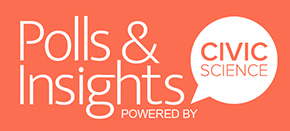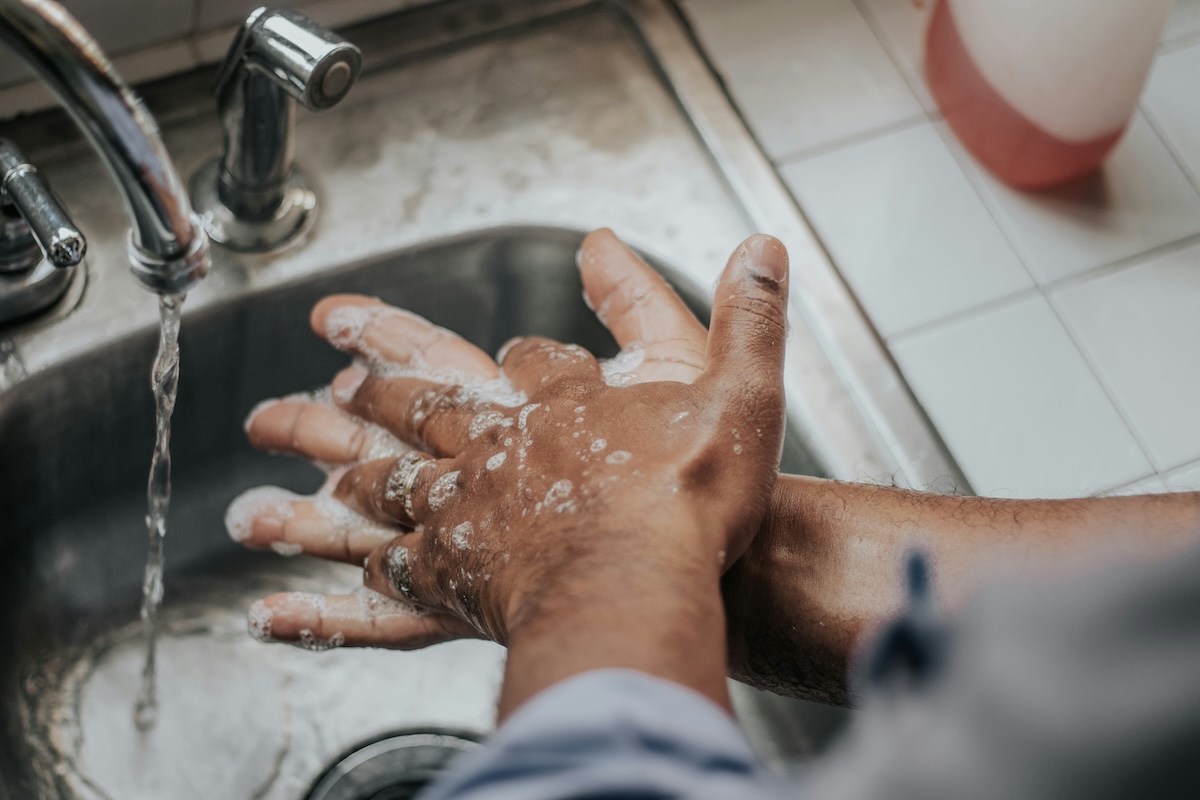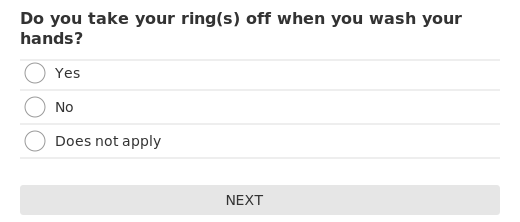When it comes to hygiene, washing your hands is often cited as one of the first steps of defense. Especially since the pandemic brought public health to the forefront in 2020, hand washing has been top of mind for many. However, not everyone washes their hands the same way, and one of the most common considerations for hand washers is: to remove rings or to not remove rings?
As data from the last two years reveal, 38% of adults remove their rings when washing their hands. This group skews slightly more female (35% vs 33%) and low-income. Additionally, Gen Z leads all other age groups by at least 11 percentage points in removing their rings while hand washing.
This is, however, just the beginning of what sets ring-removers apart from the rest. Here’s what you need to know:
Home Improvement: Those who take their rings off when washing their hands are 13 percentage points more likely to follow trends in home design and home improvement than those who keep their rings on (56% vs 43%).
Digital Device Usage: Respondents who take their rings off when washing their hands are 10 percentage points more likely to say that they are addicted to their digital devices than those who do not (23% vs 13%).
Travel: Those who take their rings off when washing their hands are nine percentage points more likely to have been to a maximum of 20 American states than those who keep their rings on (59% vs 50%).
Tech Aware: While more than half (51%) of those who take their rings off to wash their hands say they tell others about new brands and technology, just 36% of those who do not take their rings off say the same.

The choice to remove a ring while hand washing is more than just a reflection of one’s personal hygiene preferences. Those who choose to do so demonstrate a tendency to enjoy feathering their nests, spending time on the internet and staying a little closer to home.
Love taking polls? Sign up to participate in the Poll of the Day here.
This article’s data comes solely from CivicScience’s database, which contains nearly 700,000 poll questions and 5 billion consumer insights.


